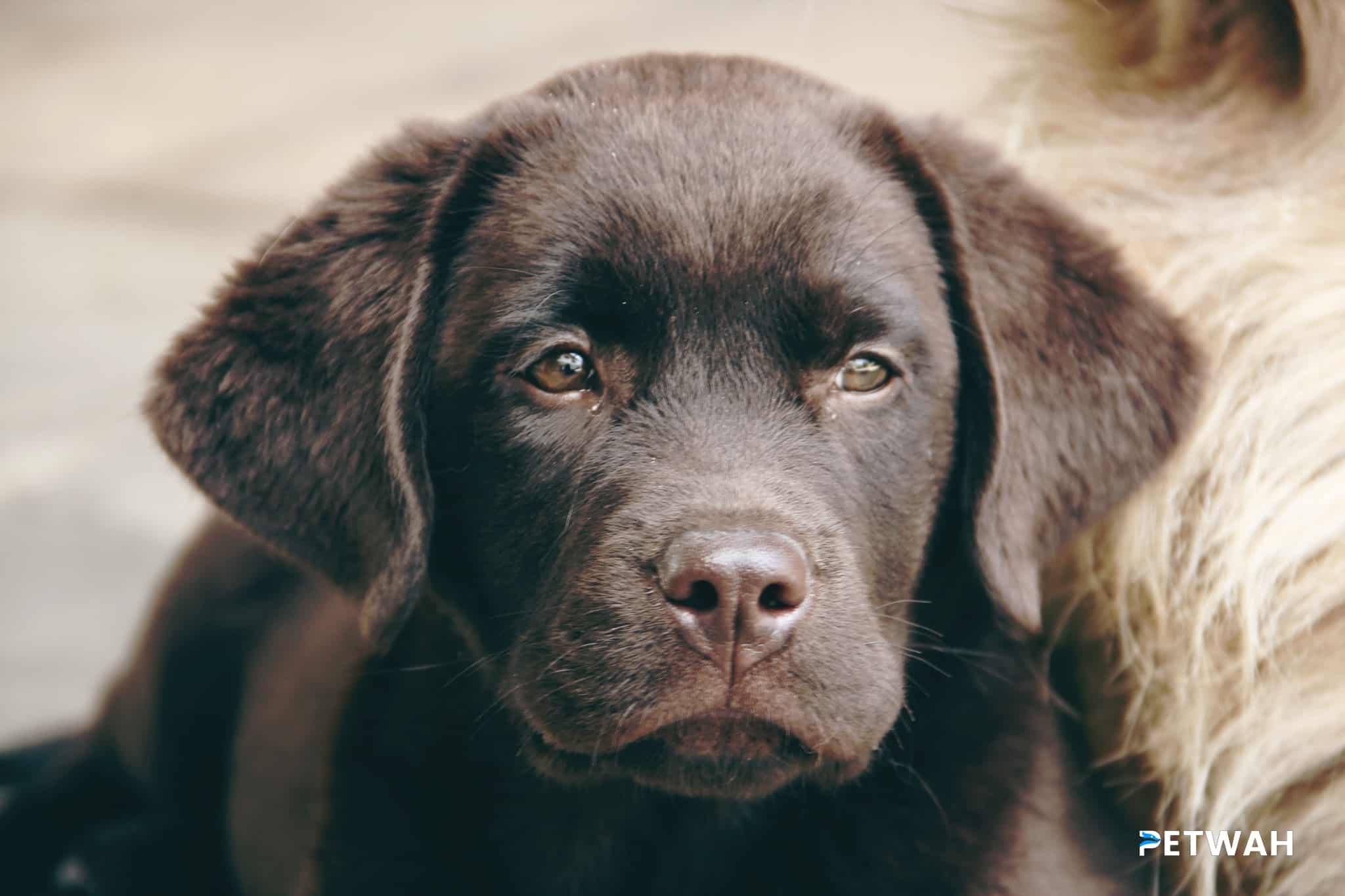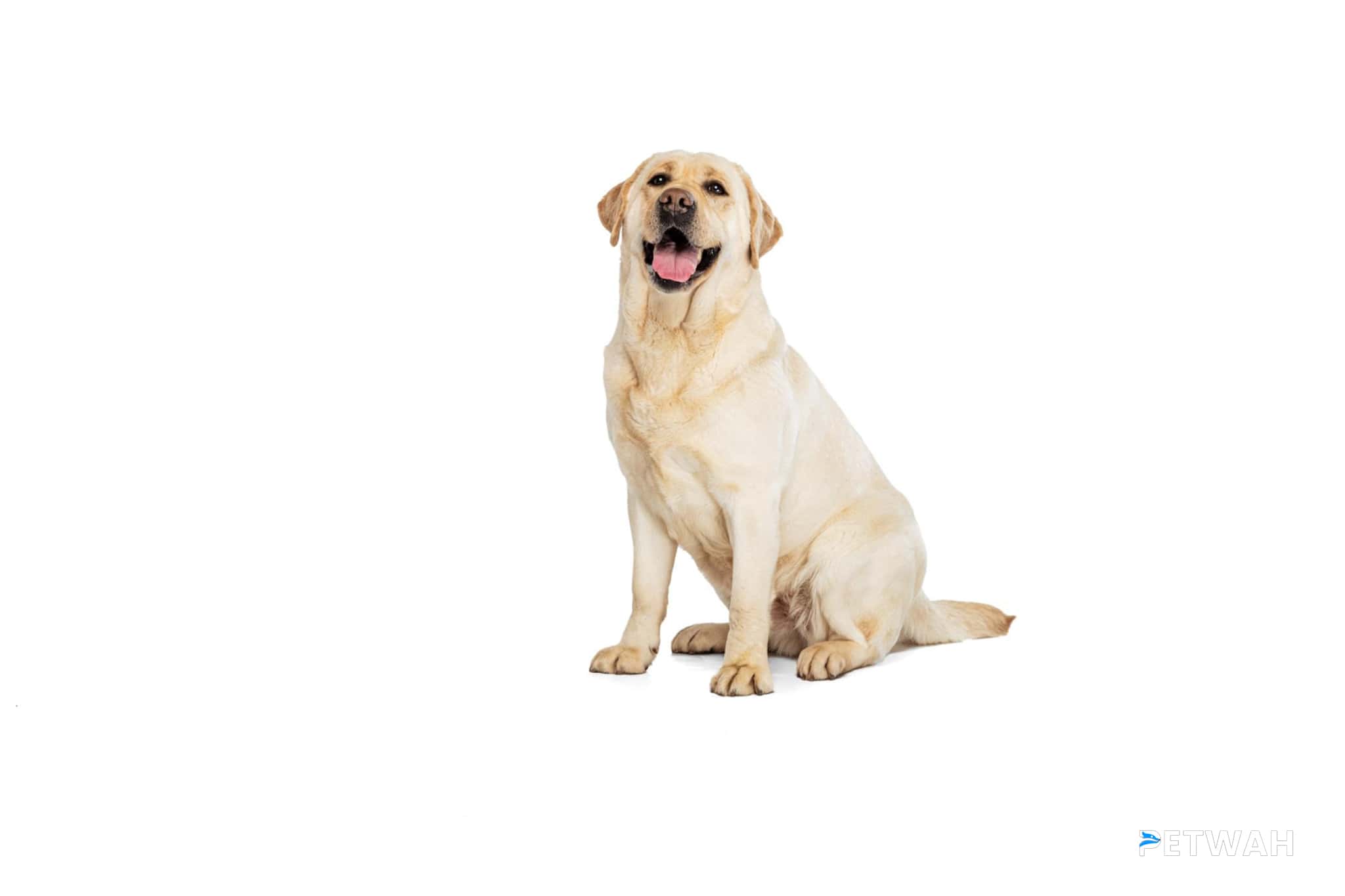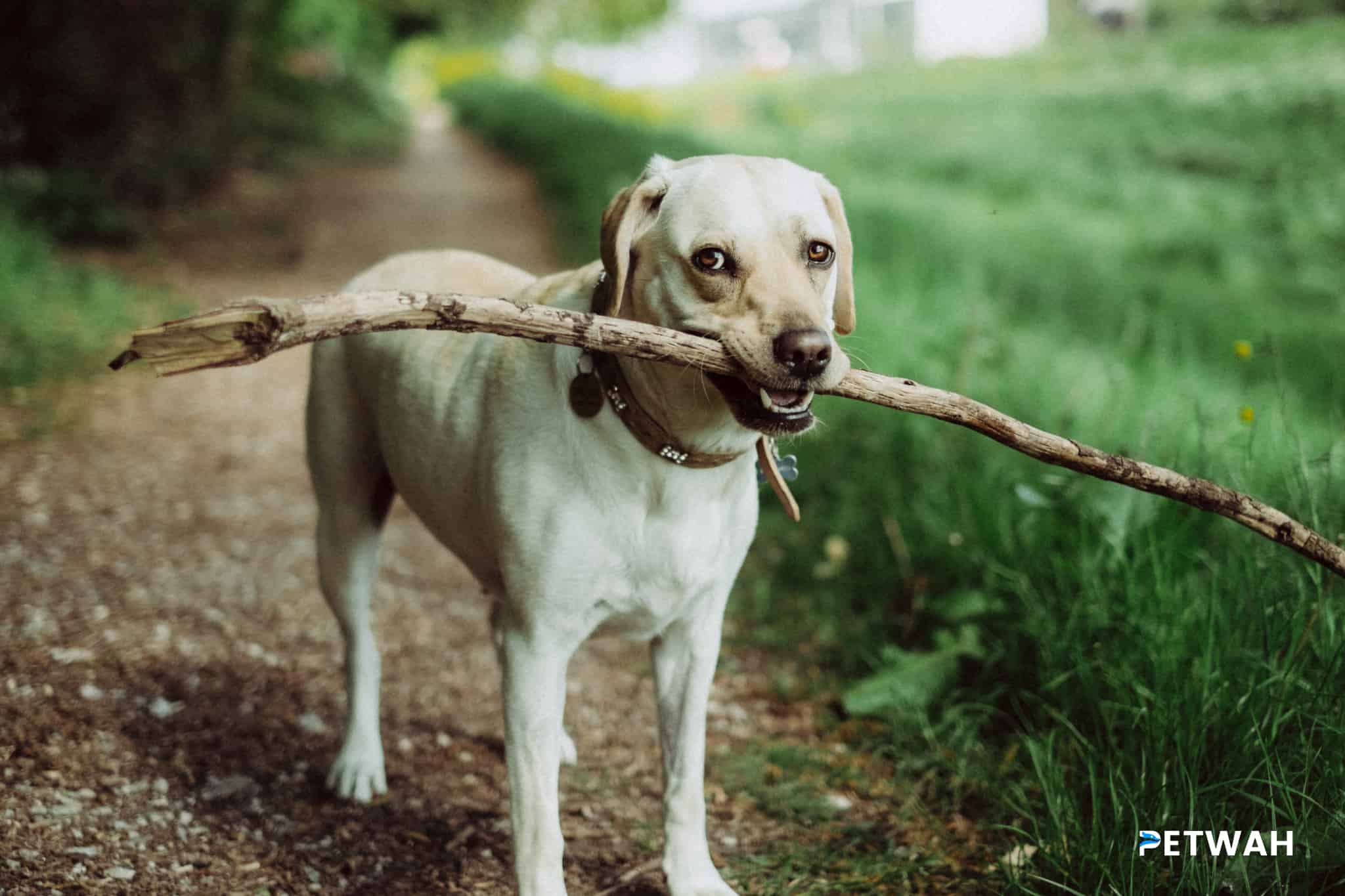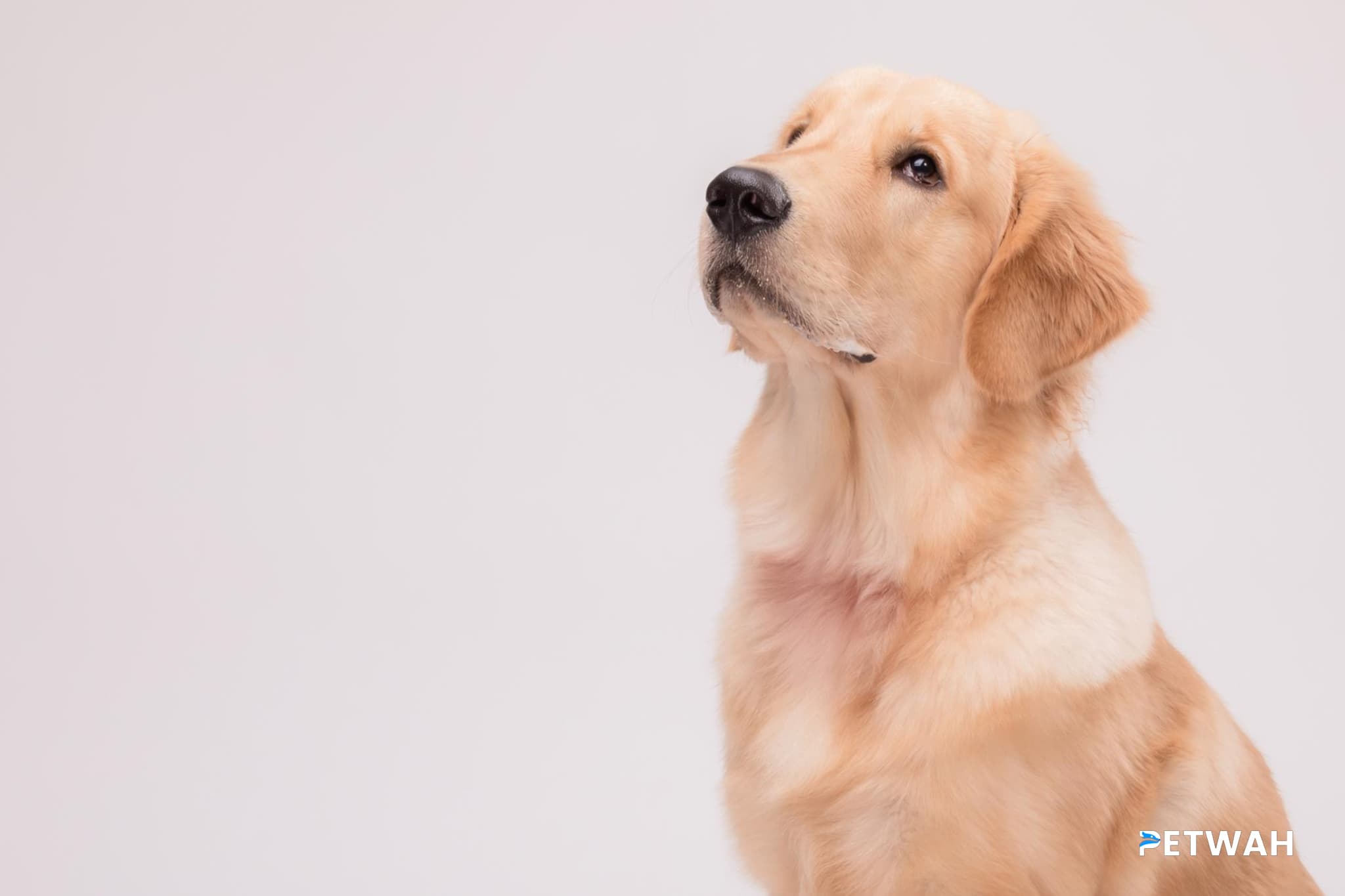Dogs can be a child’s best friend. For this reason, many parents consider pugs to be the dog breed of choice for most families. These lovely, adaptable little dogs with great personalities can thrive in many environments. However, when you think that pugs are a member of your family, it’s worth worrying about whether they will get along with your children. Therefore, you should ask questions to understand whether a boxer is right for your family with children.

How do Pugs behave around children and other pets in the household?
Pug Behavior
Famous breeders have bred Pugs for fun and companionship among their owners. They have a great charm, temperament and personality. They are very sensitive and although they can be wonderful family pets, it is not a good idea to leave your dog alone for hours at home. These dogs are playful and loving dogs, although they can be stubborn, especially during house training. If you are looking for a docile, loving companion, this breed would be perfect for your family.
Pug Training
One of the most important tips for improving behavior is early training. Pugs can learn a lot of tricks using positive training that will teach your pug that when they do something right, the trick comes true. Divide your boxing training into goals to ensure smooth transitions to prepare your puppy for success.
Goal 1: Teach Your Pug His Name
The most important task when training your Pug is to choose a name. Repeat every day in a happy voice and offer a toy or a reward.
When your Pug hears his name and comes to you, he knows this beautiful activity will happen.
2. Goal: Create a Schedule
Choose a schedule for sleep, food, exercise, play, and bathing.
Task 3: Train Your Pug
Your pug might already have experience with potty and crate training, but you will have to prioritize these skills the very first minute your pug comes home. Indoor training is easy when your Pug is comfortable in the crate.
Goal #4: Relate your puppy to animals, people, places and events
Pug is outgoing, cool and loving.
These curious animals want to explore everyone and everything. The best time to introduce your Pug to experiences, places and people is during puppyhood. This is a great time to acclimate your little boxer to the world around him. To accomplish this goal, invite family and friends to meet your pug at your home and take your puppy toa public place where dogs are welcomed. Make sure the roads and weather are cool, as pugs can’t stand the heat and humidity.
Task #6: Teach Commands
Give your puppy commands such as “look at me”, “sit” and “wait” to get your dog’s attention. When your Pug looks at you, use the clicker to reward him. 16 week old pug puppies are ready to follow commands like “sit”, “out” and “come here” with positive reinforcement.
Goal #7: Leash Training
The main function of the leash is to prevent the boxer from pulling on the leash. Start with a loose tie and take a few steps.
Stop, click, say “nice boy or girl” and give a prize.
Pug Training
Training is important to a decent person.
Health Issues
Pugs are prone to many diseases, including ear, eye, skin and respiratory problems.
Pugs need to have their ears cleaned, washed and expensive vet visits. Buy a good and healthy dog food to keep their weight under control. While pugs are low maintenance dogs, it’s important to recognize the signs and symptoms of the most common health issues that can affect a pug’s health. Respiratory issues, bone and joint issues, skin conditions and eye diseases are some of the health concerns owners should be aware of to avoid going to the vet.
Are Pugs hypoallergenic?
Pugs are a very large breed. For this reason, pugs are not suitable for people with allergies.
Exercises
Your Pug needs up to an hour of exercise each day that includes short walks and brain exercises. Taking short walks several times a day will help prevent your seals from overheating or getting tired. Keep an eye on your boxer as they can tire easily from not getting enough oxygen.
As soon as you notice that they are breathing hard, stop and make sure they are getting enough rest. Do not use your Pug in the heat as this can cause paralysis as well as cause more problems. In hot weather, plan to walk your pug in the cool morning or evening. Watch out for early signs of overheating to prevent serious illness.
Pug Exercise
Pugs need daily exercise to stay healthy and live a long life.
Life expectancy
The average lifespan of a boxer is about 13 to 15 years. Like humans, female pugs live longer than male pugs. The average life expectancy for a female pug is 13 years.
Pug Size
Pugs are in the toy category and are 10 to 11 inches tall and weigh 14 to 18 lbs.
Energy Level
Pugs are not very energetic dogs, but they do need daily exercise. They need constant socialization and training to keep them well behaved.
Grooming Your Pug
Pugs are very demanding dogs when it comes to grooming. Your Pug should be bathed and brushed regularly, and the area around the nose and wrinkles removed.
In the case of pugs, their thick coats are often shed and smelly. Skin folds quickly collect debris and moisture, often causing skin diseases, dry skin, and ear canals can become dirty very quickly. Do not neglect dental care and nail clipping.
Buying a Pug
Purchasing a Pug from a reputable breeder can cost anywhere from $1,000 to $6,000.
Are pugs good for children?
Answer Yes. They are adaptable, patient, patient and playful, and their small size makes them great pets for children. Once you have a pug, you can be sure that you will have a loyal and loving companion for many years to come. Read other articles related to pets on our website.







